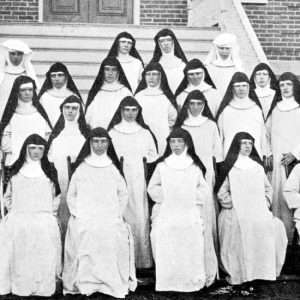 Sisters at Holy Angels Convent
Sisters at Holy Angels Convent
Time Period: Post-Reconstruction through the Gilded Age (1875 - 1900)
 Sisters at Holy Angels Convent
Sisters at Holy Angels Convent
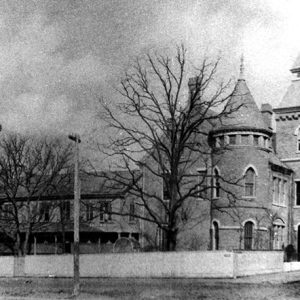 Sisters of Mercy Convent and Mount St. Mary Academy
Sisters of Mercy Convent and Mount St. Mary Academy
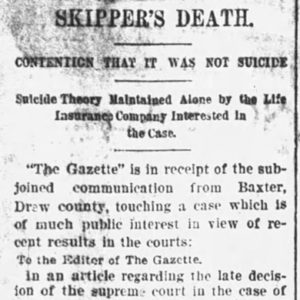 William Skipper Article
William Skipper Article
Skipper v. Union Central Life Insurance Company
aka: William Franklin Skipper (Murder of)
aka: Monticello Lynching of 1898
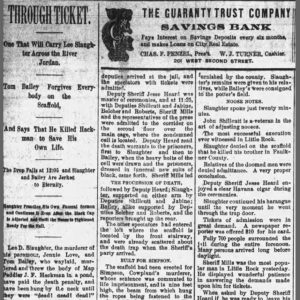 Slaughter and Bailey Execution Story
Slaughter and Bailey Execution Story
Slemons, William Ferguson
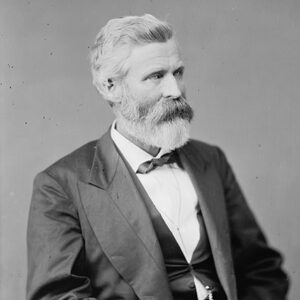 William Slemons
William Slemons
 Smallpox Article
Smallpox Article
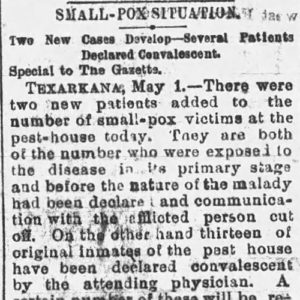 Smallpox in Texarkana
Smallpox in Texarkana
Smith (Lynching of)
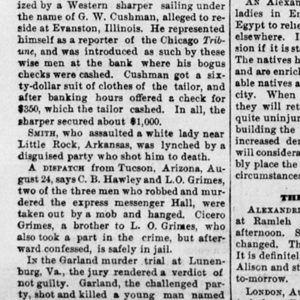 Smith Lynching Article
Smith Lynching Article
 Andrew Young Smith & Effie Anderson Smith
Andrew Young Smith & Effie Anderson Smith
Smith, Henry (Lynching of)
 Henry Smith Lynching Article
Henry Smith Lynching Article
Smith, Jim (Lynching of)
 Jim Smith Lynching Article
Jim Smith Lynching Article
Smith, Walter (Reported Lynching of)
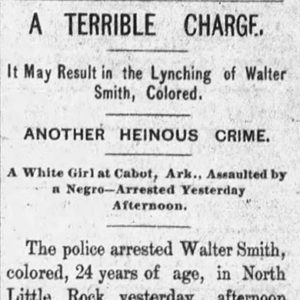 Walter Smith Crime Story
Walter Smith Crime Story
Smith, William W.
Smithee-Adams Duel
Smithee, James Newton
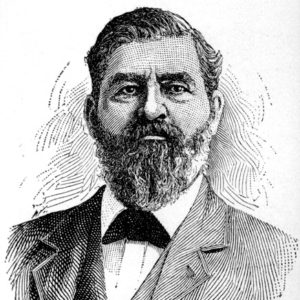 J. N. Smithee
J. N. Smithee
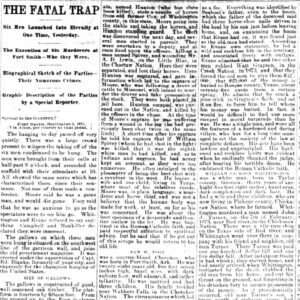 Smoker Mankiller and Samuel Fooy Execution Article
Smoker Mankiller and Samuel Fooy Execution Article
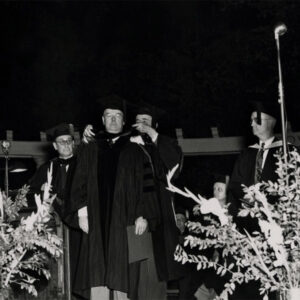 John W. Snyder
John W. Snyder
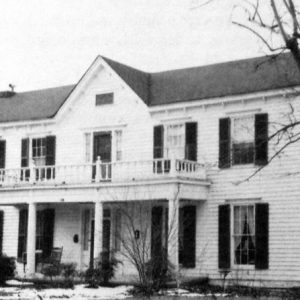 Soulesbury Institute
Soulesbury Institute
 James Southall
James Southall
Southall, James Henry
Southern Arkansas Race Riots of Late 1896
 Southern Ladies' Journal
Southern Ladies' Journal
Southern Ladies’ Journal
Southland College
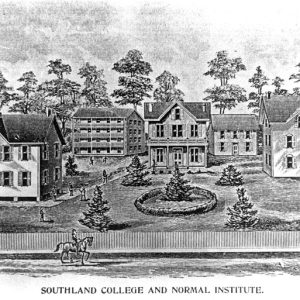 Southland College
Southland College
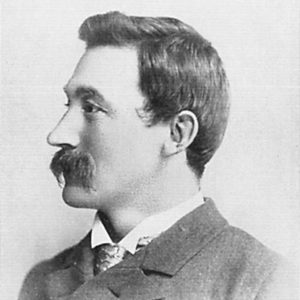 James Soverign
James Soverign
Sovereign, James Richard
Spanish-American War
Speers, J. E. (Execution of)
 J. E. Speers Execution Story
J. E. Speers Execution Story
 J. E. Speers Execution Story
J. E. Speers Execution Story
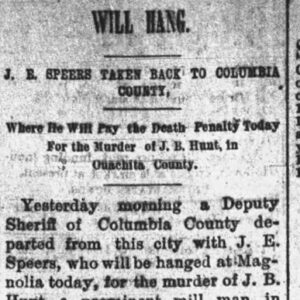 J. E. Speers Execution Story
J. E. Speers Execution Story
Springdale College
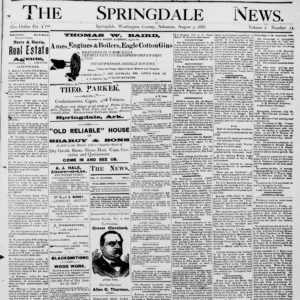 Springdale News
Springdale News
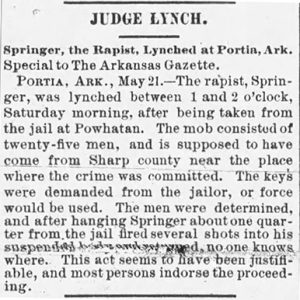 Springer Lynching Article
Springer Lynching Article
Springer, Andrew (Lynching of)
Springfield Male and Female Collegiate Institute
aka: Springfield College
Springfield–Des Arc Bridge
aka: Springfield Cadron Bridge
aka: Springfield Bridge
St. Bernards Healthcare
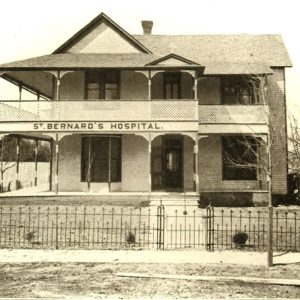 St. Bernards Medical Center
St. Bernards Medical Center
St. Boniface Colony
aka: New Dixie (Perry County)
St. Johns’ College
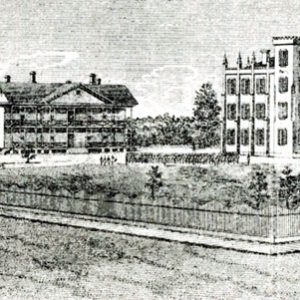 St. Johns' College
St. Johns' College




